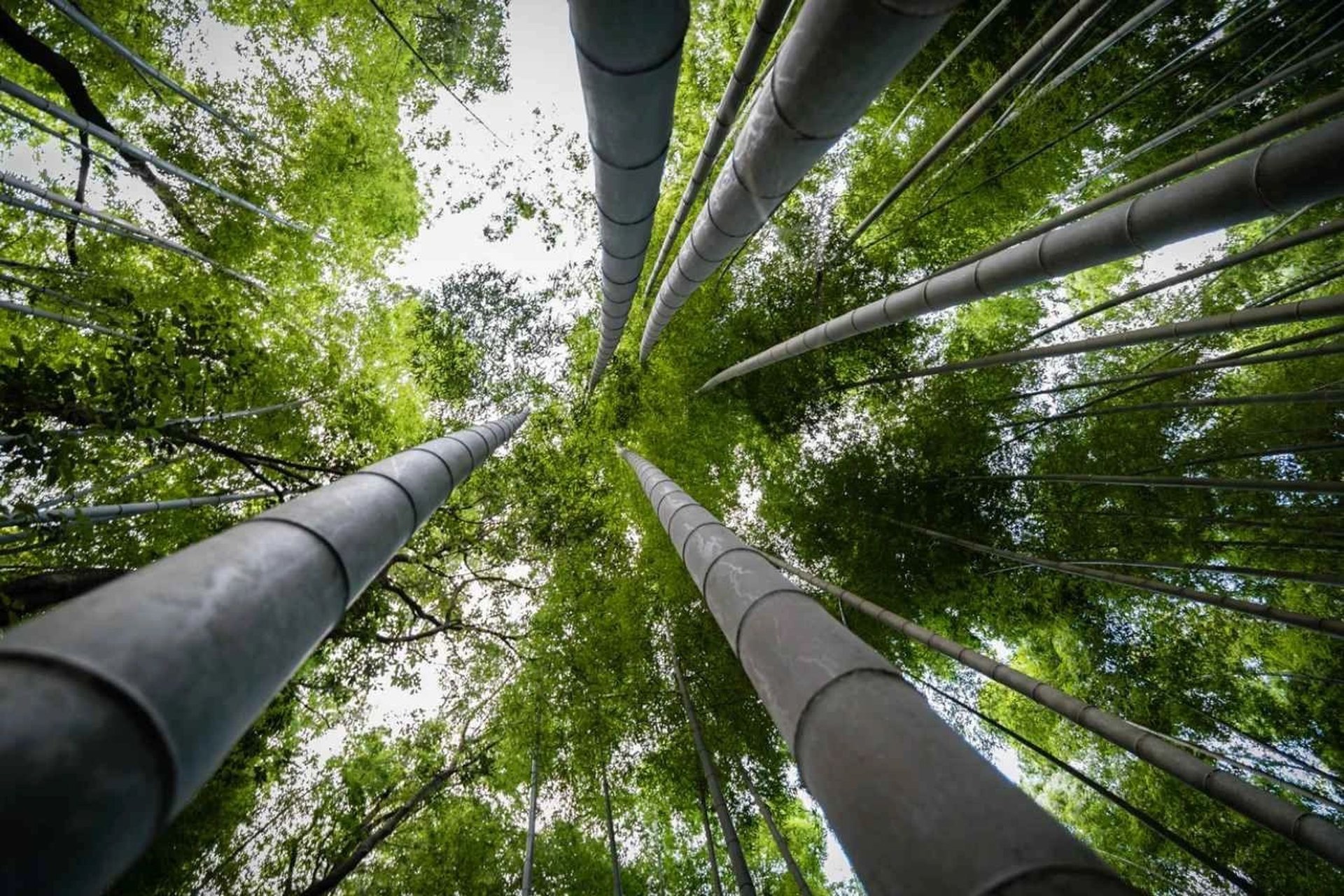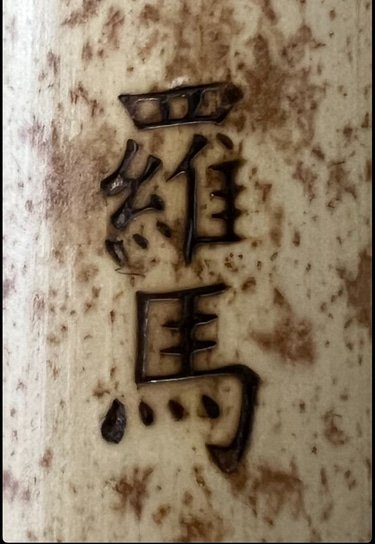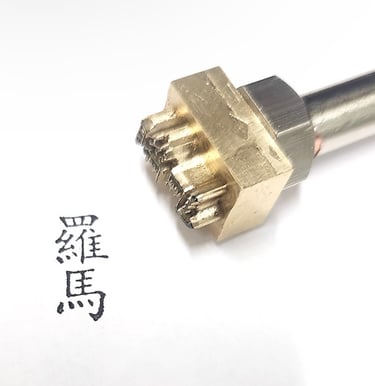NEW FLUTES LISTED
Traditional Crafting Techniques
In my work, I embrace traditional Japanese crafting techniques, creating pieces that reflect centuries of artistry, ensuring that every detail is crafted with care and dedication. I utilize urushi, a natural lacquer, to provide a beautiful, glossy finish that not only enhances the aesthetics but also adds durability. This time-honored method, passed down through generations, allows me to connect with the rich cultural heritage of Japan while producing unique, functional art pieces.
My traditional approach to making shakuhachi involves a meticulous process that honors both the craftsmanship and the musical heritage of this ancient Japanese bamboo flute. Starting with selecting high-quality, properly aged bamboo, I carefully measure and cut each piece to achieve the right length. The tuning process is crucial, where I employ traditional techniques to ensure the flute produces the desired pitch and tonal quality. I also pay special attention to the making of the mouthpiece (utaguchi), as it greatly influences the sound. Each shakuhachi is unique, with subtle natural imperfections that add character. Throughout the entire process, I strive for a balance between functionality, tone and artistry, resulting in a beautiful instrument that not only sounds beautiful but also tells a story through its creation. This dedication to tradition fuels my passion for sharing the soulful melodies of the shakuhachi with others.
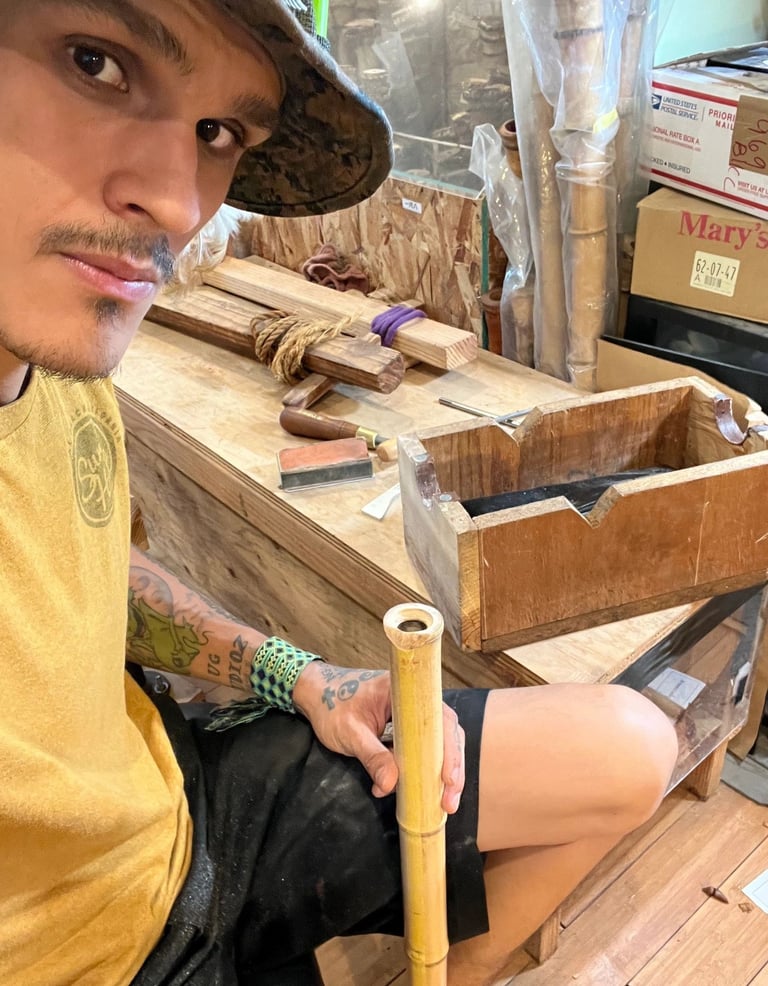

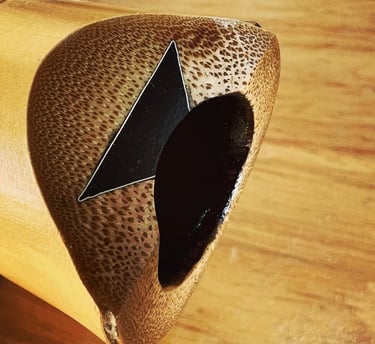



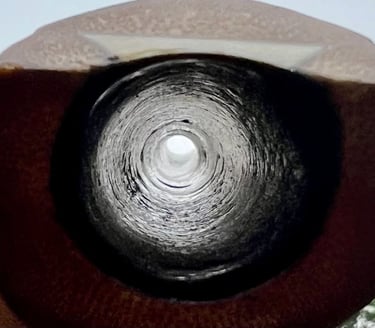

Shakuhachi Crafting Styles
Explore the unique jinashi and jiari styles of shakuhachi crafting.
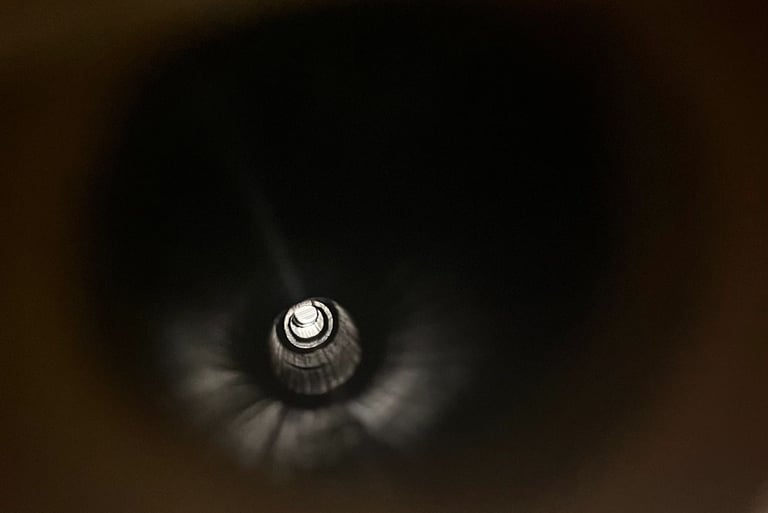



The jinashi shakuhachi is a traditional Japanese bamboo flute known for its unique sound and craftsmanship. Its creation begins with selecting high-quality, aged bamboo, ideally one that has naturally dried for several years. At the right time the bamboo is cut to the desired length, typically between 1.8 to 2.4 feet, to achieve the right pitch. The next step involves shaping the instrument by carving the blowing edge and finger holes, ensuring precise measurements for optimal playability. While the interior may be coated to enhance acoustics and durability, unlike other shakuhachis, jinashi flutes are left unrefined to maintain the natural character of the bamboo, resulting in a raw yet warm sound that resonates deeply with its players. The entire process requires a blend of skill, artistry, and an understanding of acoustics, reflecting the instrument's rich cultural heritage.
Jinashi (Natural Bore)
Jiari (Refined Bore)
The process of making a jiari shakuhachi involves a blend of traditional craftsmanship and natural materials. To begin, urushi is applied, a natural lacquer derived from the sap of the urushi tree, which provides both beauty and durability to the shakuhachi. This lacquer is carefully layered on the bamboo, allowing for a smooth finish that enhances the instrument's acoustic qualities. In combination with urushi, tonoko powder, made from finely ground clay, is mixed in to create a unique texture and tonal quality. This powdered clay is often used to fill in any imperfections in the bamboo, ensuring a refined surface that contributes to the rich sound of the shakuhachi. The harmonious blend of urushi and tonoko is essential in producing a jiari shakuhachi, making it not just an instrument, but a work of art steeped in tradition.
About Urushi (Japanese Lacquer)
Urushi, a traditional Japanese lacquer, has a history dating back thousands of years, originating from the sap of the urushi tree. Known for its durability and beautiful glossy finish, urushi is often used in fine arts and crafts, including the intricate decoration of musical instruments. One notable application is in the crafting of the shakuhachi, a bamboo flute deeply rooted in Japanese culture. Artisans apply urushi to the shakuhachi not only to enhance its visual appeal but also to protect the bamboo from moisture and wear. This careful application often transforms a simple instrument into a work of art, reflecting the harmony between nature and craftsmanship. The use of urushi in shakuhachi making exemplifies a harmonious blend of functionality and aesthetics that has been cherished for centuries, underscoring the cultural significance of both the lacquer and the instrument in Japanese culture.
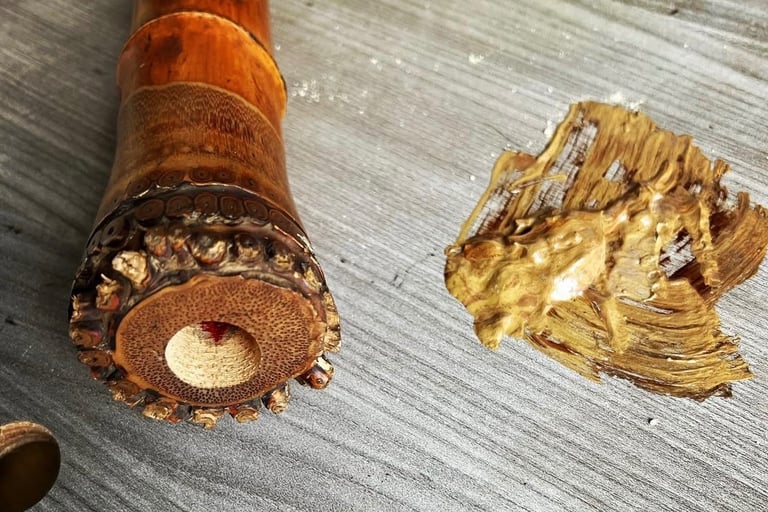

Madake Bamboo from Japan
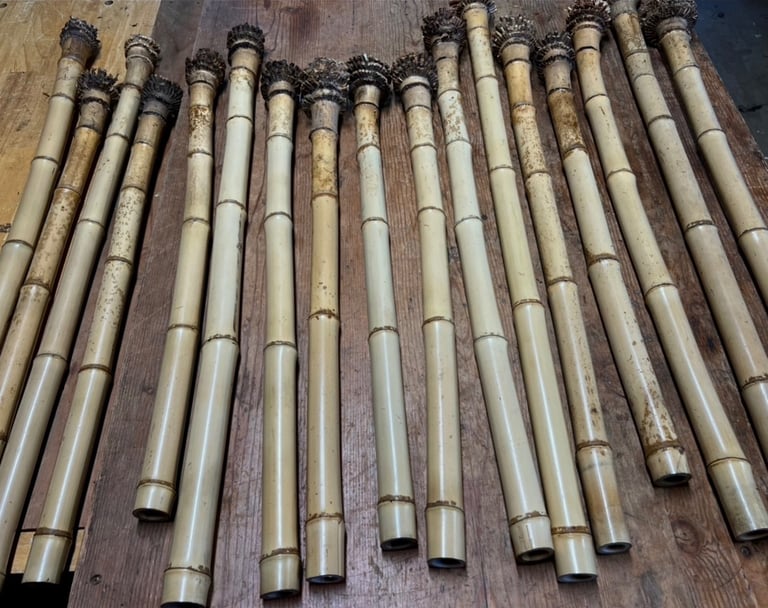

Madake bamboo, a valuable resource in Japanese culture, it is harvested from its roots. The process of transforming this natural material into a shakuhachi, a traditional bamboo flute, requires a significant commitment to quality and time. After harvesting, the bamboo must undergo a curing period of at least five years, during which it is carefully dried to enhance its tonal qualities and durability. This lengthy maturation process is essential, as it ensures that the shakuhachi produces the rich, resonant sounds that are characteristic of this ancient instrument. The artistry involved in crafting the shakuhachi reflects the deep connection between nature and music in Japanese tradition, highlighting the respect afforded to Madake bamboo throughout its transformation from humble root to melodious flute.
Shakuhachi Heritage
Explore the rich history and craftsmanship of shakuhachi flutes.
Cultural Significance
Discover the profound cultural importance of shakuhachi flutes in Japanese history, their role in meditation, and how they connect us to nature and spirituality through sound and silence.
